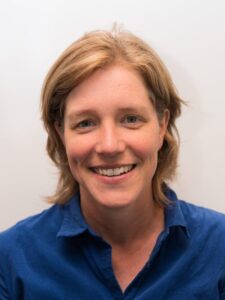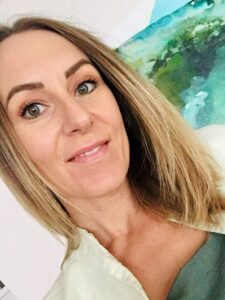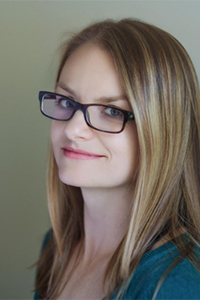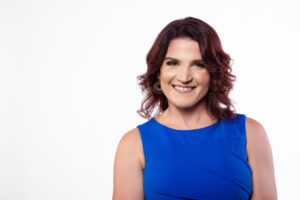The full paper can be accessed here
Tell us more about yourself and the author team
The authors are all circus artist-researchers in injury and illness epidemiology and also bring additional expertise. Dr. Stephanie Greenspan is a performing arts physical therapist at Artletic Science LLC, Associate Professor of Physical Therapy at Samuel Merritt University in Oakland, CA, USA, and also has a background as an aerial artist and coach. Dr. David Munro is the head physiotherapist at the National Institute of Circus Arts and also runs his private practice Absolute Physiotherapy in Prahan, Australia. Dr. Joanna Nicholas is a postdoctoral research fellow and lecturer at the Western Australian Academy of Performing Arts, has studied injuries, physiologic demand, fitness and psychological benefits in pole dance, and is also a pole artist and coach. Dr. Janine Stubbe is a Professor, and Dr. Rogier Van Rijn is an Associate Professor in Performing Arts Medicine at Codarts University of the Arts in Rotterdam, where Dr. Stubbe and Dr. Van Rijn also work together at the Performing Artist and Athlete Research Lab, which is directed by Dr. Stubbe. Dr. Melanie Stuckey is a research associate in human performance and social innovation at the Centre for Circus Arts Research, Innovation and Knowledge Transfer (CRITAC) in Montréal, Canada, and also a pole artist and coach.






What is the story behind your study?
Dr. Stubbe, Dr. Van Rijn, Dr. Nicholas, and Dr. Greenspan met when presenting at the International Association of Dance Medicine and Science (IADMS) Annual Conference in October 2019. Dr. Stubbe and Dr. Van Rijn shared that the International Olympic Committee (IOC) consensus statement for injury and illness monitoring in sports would be published in early 2020. Some of us were invited to CRITAC for a meeting to share our research, where we met Dr. Stuckey. All of us, including Dr. Munro, shared research at the online American Circus Educators Conference in October 2020. After this conference, Dr. Greenspan and Dr. Adam Decker, another research associate at CRITAC, started reaching out about forming a working group and came up with the clever name for the group, Surveillance of Injuries for Research on Circus (SIRC). We had a virtual meeting in December 2020 to form the SIRC working group and create a strategy for creating our extension of the IOC guideline.
In your own words, what did you find?
We realized that there are many ways to standardize injury surveillance, including guidance from the IADMS consensus for dance, the IOC consensus, and various individual sports guidelines. We chose to write an extension to the IOC consensus because it would allow us to compare the circus to other sports, use what would be considered best practice for injury epidemiology research, and apply this to the circus. Because the circus is very complex as a multi-disciplinary activity and operates in a unique performing arts context that differs from sport, the authors had to put a lot of thought into describing and categorising the population and adapting how to track exposure and injury mechanisms. We also developed both healthcare and self-report forms to record training and injuries that can be utilized in various settings. We hope to use these later to develop an international injury database.
What was the main challenge you faced in your study?
The time difference between countries made meetings challenging; some had to wake up at 5a.m., and for others, it was bedtime. But really, the biggest challenge was the heterogeneity of circus artists. We had to find ways to describe artists that often train and perform multiple circus disciplines and accurately capture their exposure and mechanism of injury. We also needed to ensure the guideline fit with all circus disciplines, of which there are many! Another challenge was that the way we define the mechanism of injury in sport, contact vs. non-contact injury, doesn’t necessarily capture the most relevant factors around mechanical stresses in the circus.
If there is one take-home message from your study, what would that be?
In the circus arts, we need to start collecting injury and illness data uniformly so that we have a much better understanding of injuries in circuses worldwide.